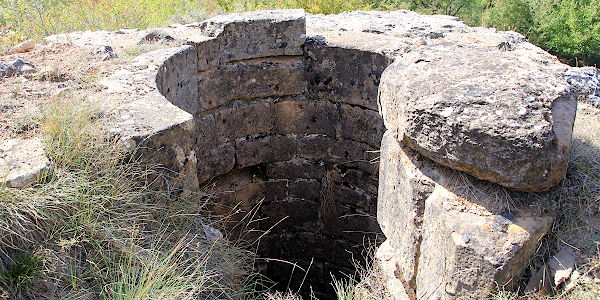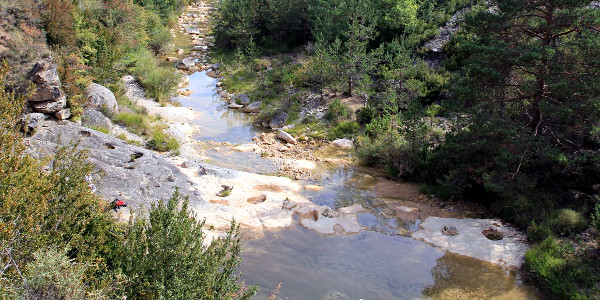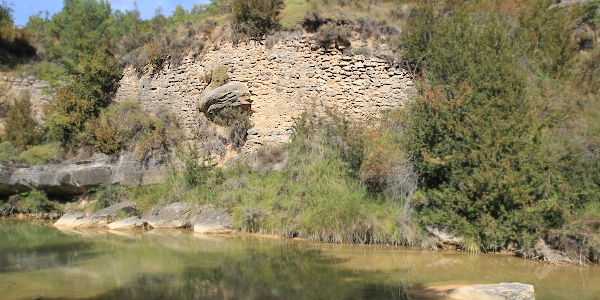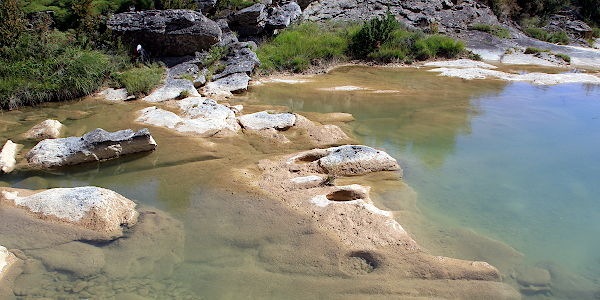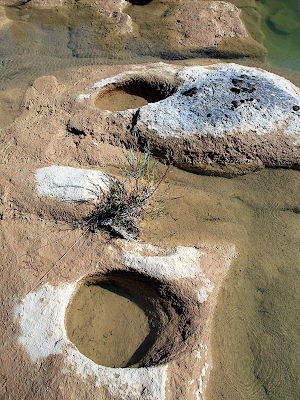Path: Introduction -
Visit the mills; catalogue - Molino de Las Bellostas

Mills in Altoaragón - harinero
Las Bellostas

Las Bellostas is not anywhere near
any mayor road. It is probably best to start from Boltaña and take the
road towards Lanave and the Puerto de Serrablo (A-1604).
After 11 km on this narrow and winding road there is a branch to the left towards Las Bellostas and Paúles de Sarsa. It is before the highest point of the Puerto at km-39.
Follow this narrow road until you reach the village. At the entrance of the village turn right
and once more right and you should reach the end of the metalled road in the lowest
part of the village. Find the markers of the GR-1 and follow the trail to the West.
The trail will cross a gravel road and from then on you should follow the road going down into the
valley of the Río Balces (or Isuala) where the mill is. It is
a walk of about half an hour from the village.
Pallaruelo, in his book Los Molinos del Altoaragón (1994), has dedicated several pages to this striking construction and its waterworks.
Pictures: V.1995, 21.VII.2015, 4.X.2016


